If you are planning to hunt at night, you will need a thermal or night vision scope to be able to acquire the target successfully. But, while both of these devices will allow you to see at night, there are differences between the two.
Each has its own dedicated application, and each has pros and cons.
Let’s take a look at the differences, so that you can easily choose the best option for you.
You need to know the basic difference between thermal scopes and night vision scopes so you can choose the one that’s perfect for your hunting situation. Hopefully, the following section will make the differences between the two clear. So, keep reading!
Thermal Scopes And How They Work
The word “thermal” refers to anything related to temperature or heat.
Thermal scopes detect the heat or temperature of the target and use the radiation to generate the image.
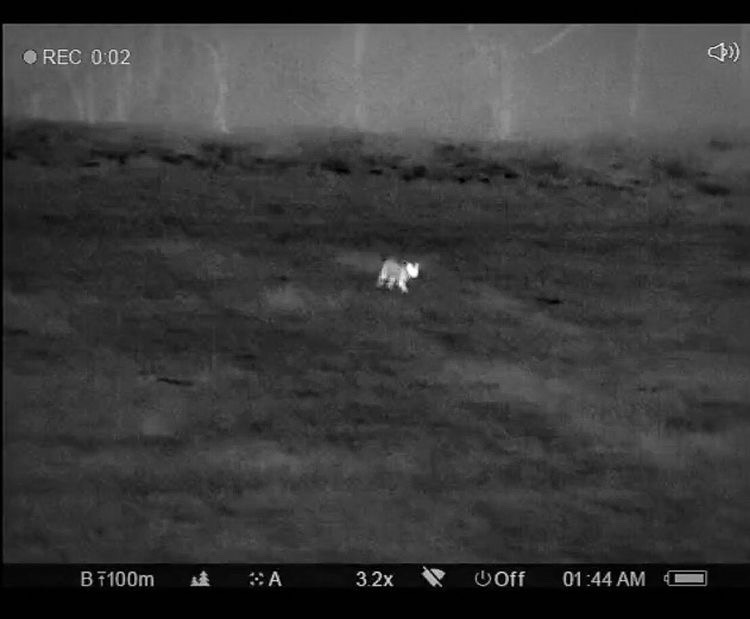
Thermal scopes detect the heat of a target and use radiation to generate the image.
The image can be generated in black and white or various colors depending on the device. The image will becomes lighter or darker with the increase or decrease of its radiation. Therefore, warm objects look brighter through the scope.
Pros and Cons of Thermal Scopes
Thermal scopes have pros and cons just like any other.
Unlike night vision devices, thermal scopes can be used both in the day and at night. And, because they use radiation or heat source to render the image, you can easily detect objects even if they are hiding or camouflaged.
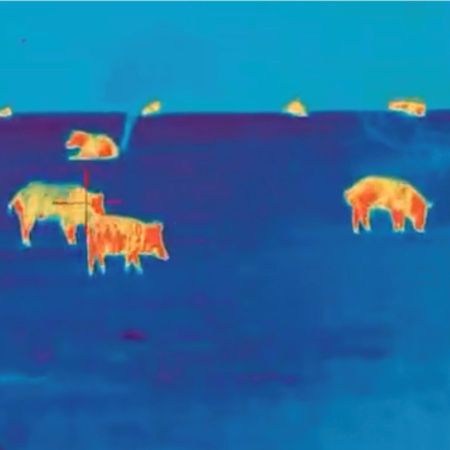
Some thermal scopes render images in colors.
In addition, thermal scopes can cover a larger distance than night vision scopes.
On the down side, during extreme cold, thermal scopes become blind.
Additionally, thermal scopes are heavier and more expensive than night vision scopes.
-
Sale!
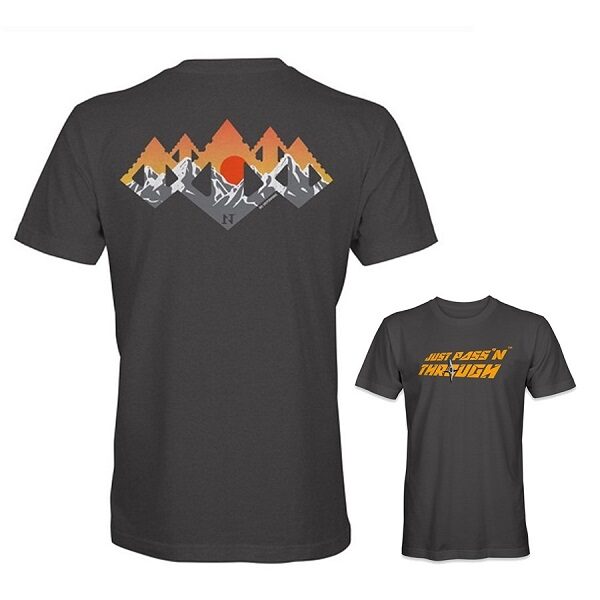
Just Pass’N Through™ Tee (featuring Magnus Black Hornet Ser-Razor Broadhead)
$15.00 Select options This product has multiple variants. The options may be chosen on the product page -
Sale!
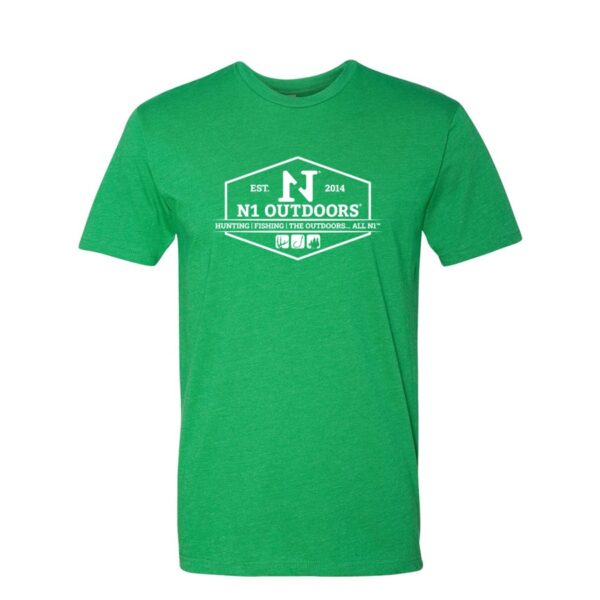
N1 Outdoors® Est. 2014 Triblock Tee
$9.00 Select options This product has multiple variants. The options may be chosen on the product page -
Sale!

N1 Outdoors® Hide ‘N Seek Buck™ Tee
Original price was: $22.99.$5.00Current price is: $5.00. Select options This product has multiple variants. The options may be chosen on the product page
How Night Vision Scopes Work
Night vision scopes work quite differently than thermal scopes. Some night vision scopes render images in a green hue and rely heavily on a light source to render them. The light source can be ambient, like that of the moon, the stars, or the surroundings.
If there is no light at all, the infrared (IR) illuminator is used to generate light. Luckily, the IR is not visible to the naked eye. Therefore, your prey will not be alerted.
Pros And Cons Of Night Vision Scopes
Night vision scopes are lighter and also less pricey than thermal scopes. They are available in various models and generations. Therefore, you can easily choose one according to your budget and requirements.
You can go for a basic night vision scope if you are a beginner. If you are a pro hunter, you could go with one of the high-end night vision scopes.

Night vision scopes rely on a light source like the moon or stars.
Since night vision scopes rely on an available light source, an unfavorable environment can affect the visibility. For example, in the fog, rain, snow, and dust, night vision devices are not as effective.
Additionally, night vision scopes can’t cover long distances as well as thermal scopes can.
Night Vision VS Thermal Scopes For Hunting
While hunting at night, you need to identify the target as your desired predator or animal, otherwise, you may end up shooting something else. And, the choice between night vision and thermal scopes depends on the shooting environment.
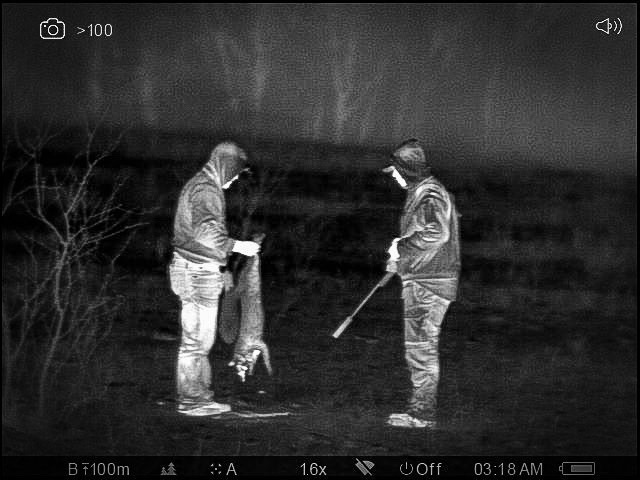
Thermal scopes can detect animals from long distances, but could be confusing for hunters if there are other moving targets in the field of view.
Thermal Scopes
Thermal scopes can easily detect animals or moving objects from a long distance whether it is day or night. Their detection is better than night vision scopes. Even in the roughest weather, they can help you see (except in extreme cold).
However, one thing to keep in mind is that thermal scopes render images in black and white, or in shades of multiple colors, which may be confusing for hunters and shooters if there are other moving objects in the target area. If this is not going to be an issue for you, then a thermal scope would work fine.
-
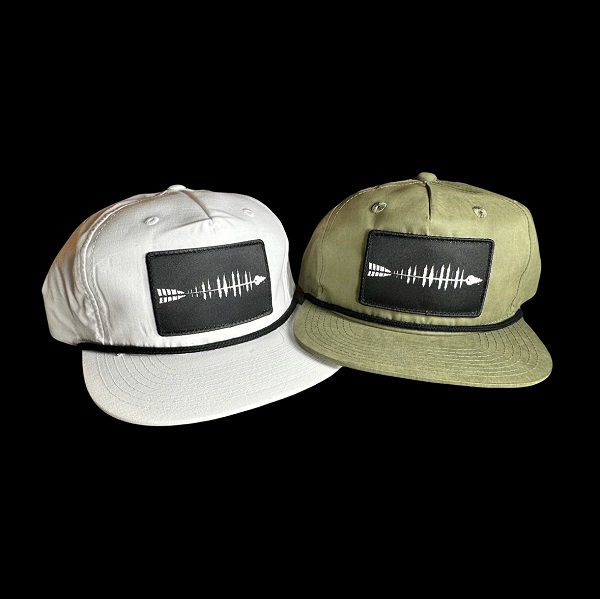
N1 Outdoors® Fish Arrow Patch Rope Hat
$29.99 Select options This product has multiple variants. The options may be chosen on the product page -

N1 Outdoors® Flagship TriBlock Brackish Camo Leather Patch 7-Panel Hat
$29.99 Select options This product has multiple variants. The options may be chosen on the product page -
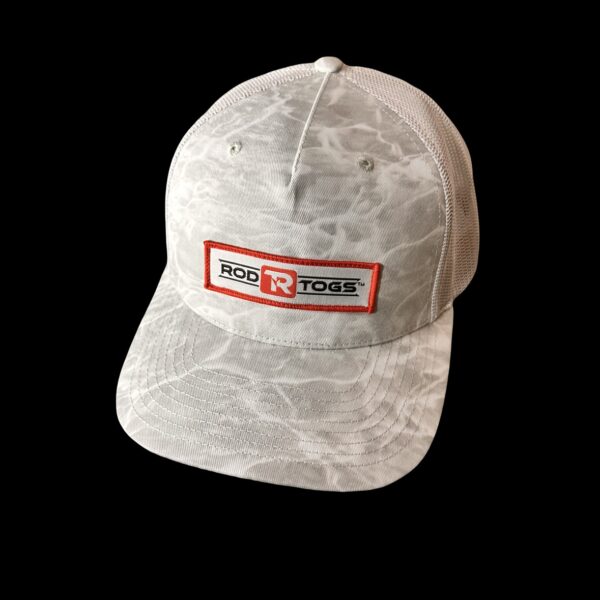
N1 Outdoors® RodTogs™ Patch Trucker Hat (Mossy Oak Elements Bonefish & Light Grey)
$26.99 Select options This product has multiple variants. The options may be chosen on the product page
Night Vision Scopes
Night vision scopes can render higher-resolution images than thermal scopes. They use ambient light sources or the IR to help you see in the dark.
Through night vision scopes, you can easily detect your targeted game even if there are other moving objects since, you are getting almost the actual image.
However, during rough weather, night vision scopes can be blind. You also will not be able to find your prey if it is camouflaged or hiding behind an obstacle.

If there is no available ambient light, night vision scope users need an infrared illuminator to be able to view in the dark.
Night vision devices are light-sensitive and can be damaged with bright light exposure.
In short, thermal scopes are good for detection and can be used in almost all conditions. On the other hand, night vision scopes are to be used at night and can render better images.
Final Thoughts On Night Vision Vs. Thermal
Both thermal and night vision scopes are great in their respective applications. You should choose one depending on your hunting environment.
When buying, remember the pros and cons of each device and choose wisely.
Whichever option you choose, good luck with your night hunting!
[Images used with permission: Jason Brooks and Infected Outdoors.]




Good info helps me out a lot on a tough choice
Best combo is a thermal view finder and a ATN night vision scope with range finding. Works well for me. You do not make any errors of what you are shooting.